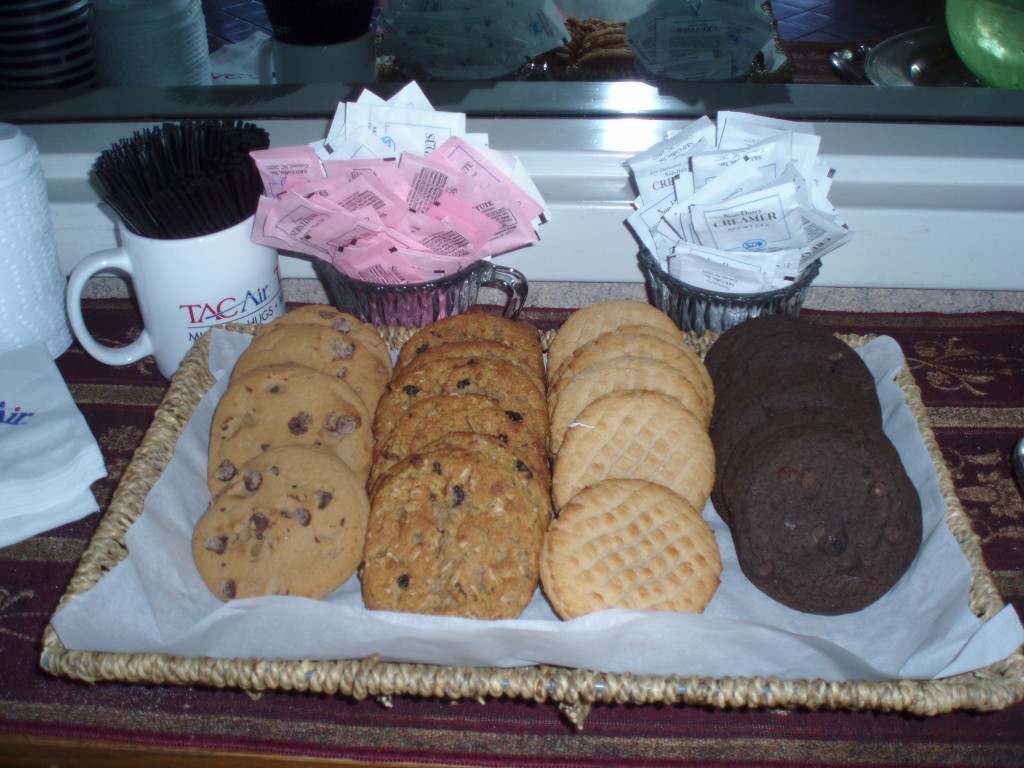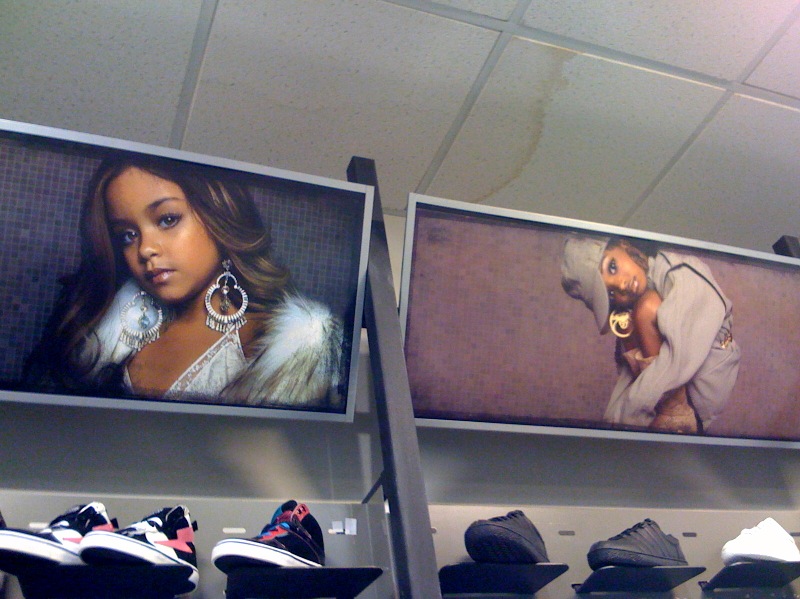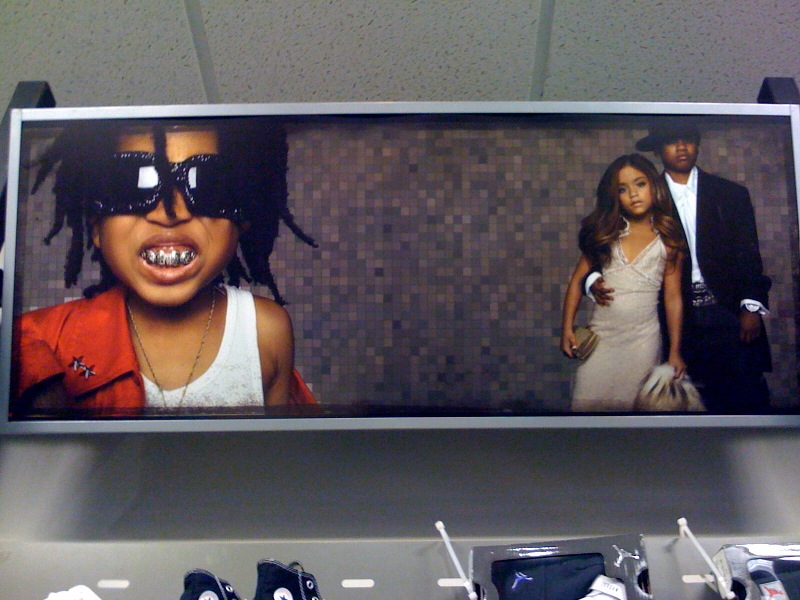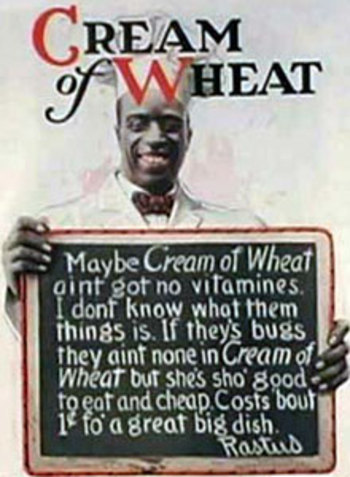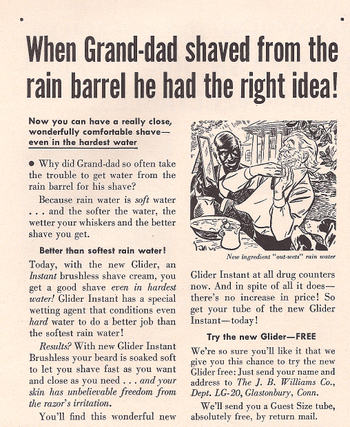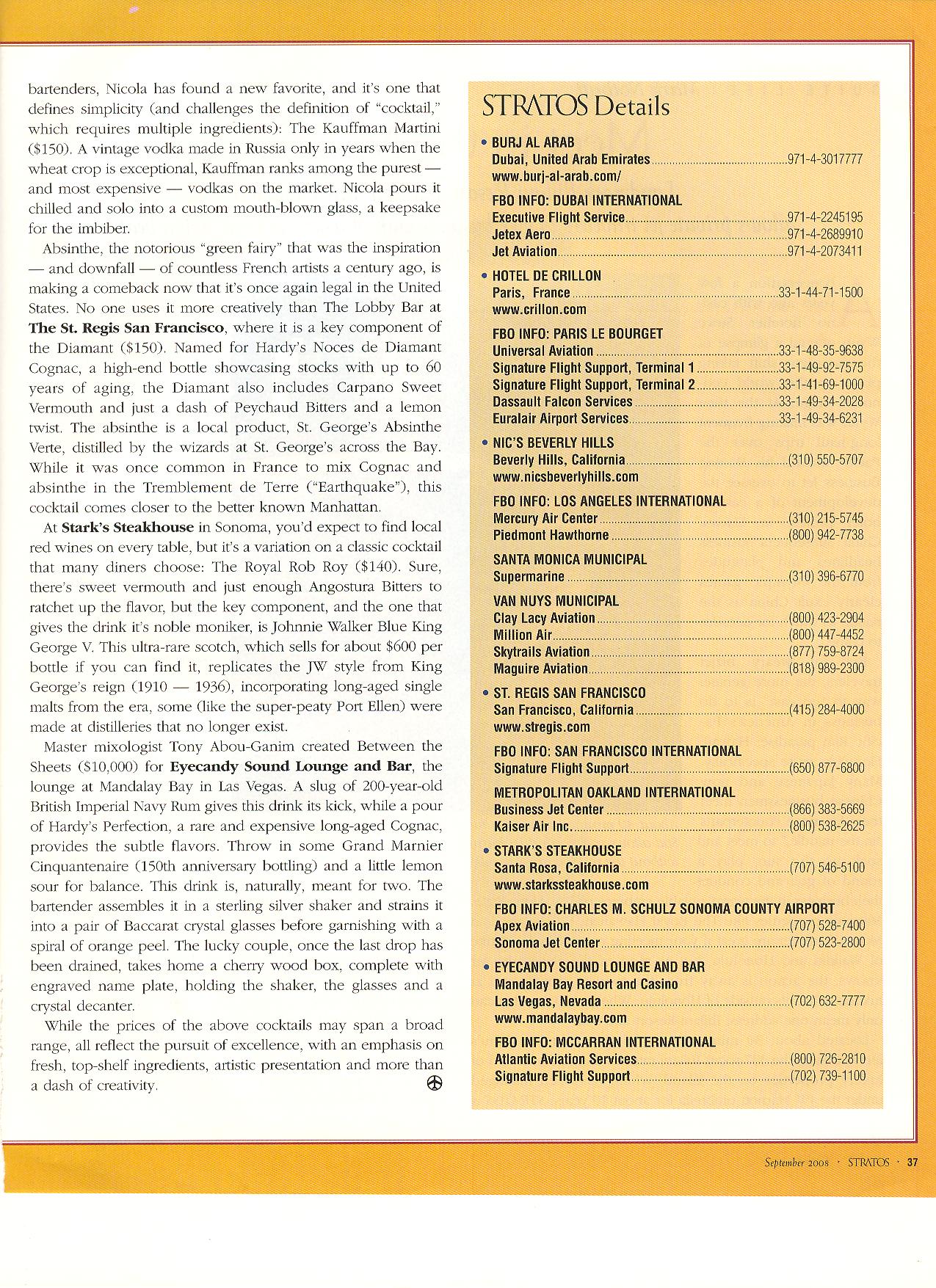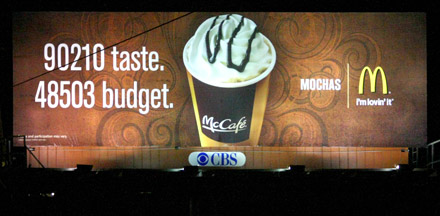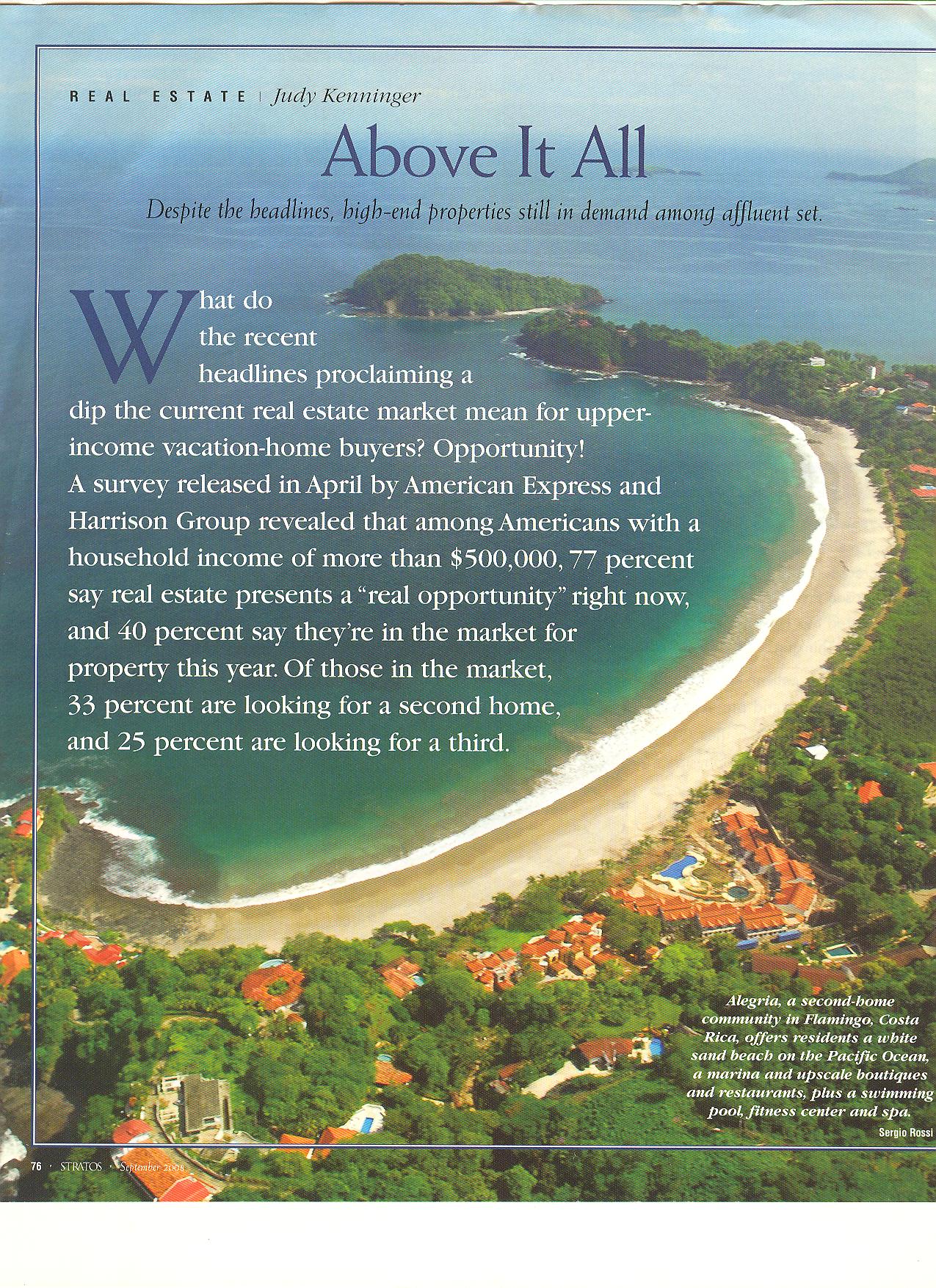My friend Steve sells Cessnas (single engine propeller planes, usually with between two and four seats). A four-seater basic single-engine Cessna will cost you about $200,000, plus insurance, hanger fees, regular maintenance, and check-ups. They aren’t particularly fast (not jets): the $200,000 one will get you somewhere about twice as fast as a car. The gas will cost you about twice as much. And there’s a much bigger carbon footprint.
Last summer, Steve sold a six-seater single-engine Cessna to France. Since someone had to fly it (and the trip was paid for), we decided to take it there ourselves. (Okay, Steve decided to take it there himself; I decided to sit in the passenger seat.) Among other things, the adventure was a fascinating look at how the other half, eh em, top one percent lives. In this post, I’m going to talk about the terminals serving private planes (also posted about here). If you fly by private plane, you don’t go to the main terminal. There is a separate private terminal. We went through a lot of those terminals as we flew from Omaha, Nebraska; to Bangor, Maine; to Goose Bay-Happy Valley, Canada (Newfoundland-Labrador border); to Narsarsuaq, Greenland; to Reykjavik, Iceland; to Aarhus, Denmark; and, finally, to Nice, France.
Because I have my priorities straight, the first thing I noticed about these terminals is that they all have free treats: muffins, candy, or cookies:
There was also always free coffee and soda and bottled water. (This, I gotta tell you, was torture because I was off caffeine for the trip and, on top of that, couldn’t drink anything before taking off because of the whole no-bathroom-on-the-plane-thing and living below the poverty line until you’re 32 really instills a desire to pilfer anything that’s not nailed down.)
Private plane travel is figuratively as well as literally delicious. There is no “long-term parking.” You park your car right up front in the complimentary parking lot. Honestly, going to the grocery store is more challenging. In the private terminal, you can wander about as you please; your things will not be confiscated if you leave them unattended. There are no announcements. You will not wait in line. There is no security, except that which is designed to make your life more comfortable. You will not be asked to walk through an x-ray machine or show anyone any paperwork. There are computers available if you would like to use them and free wireless if you brought your own. You will leave whenever you like and stay as long as you please. And how nice, since the facilities are incredibly comfortable.
Steve let me borrow these photos from the Houston Million Air. The main desk:
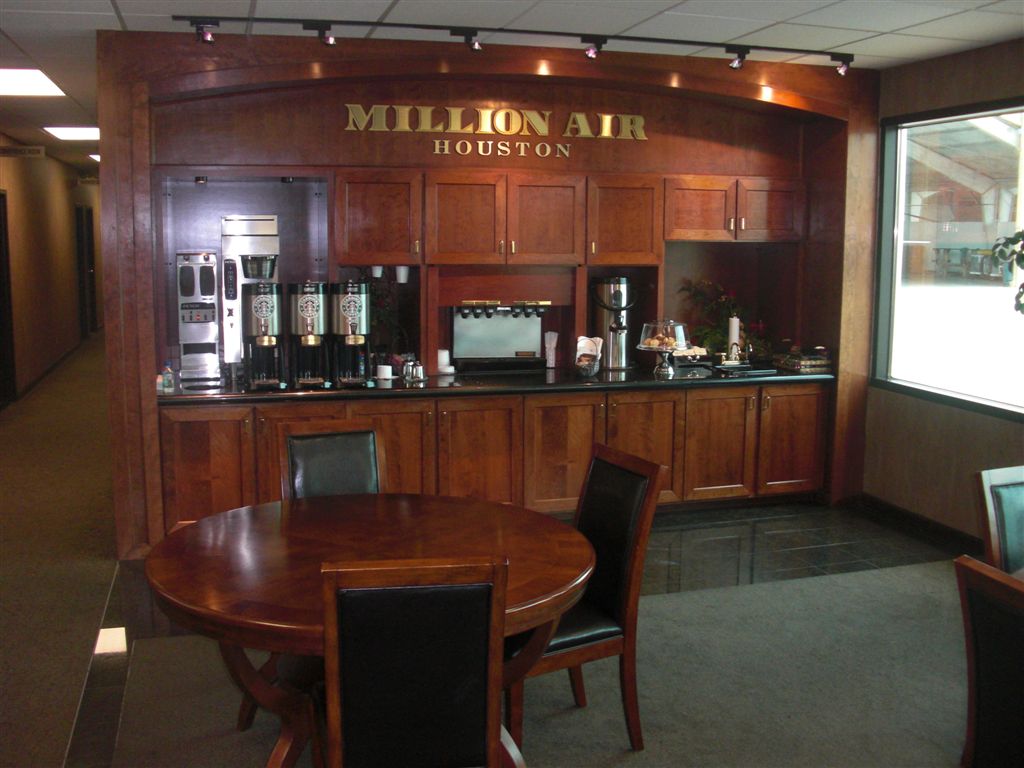
A lovely place to sit and watch TV comfortably:
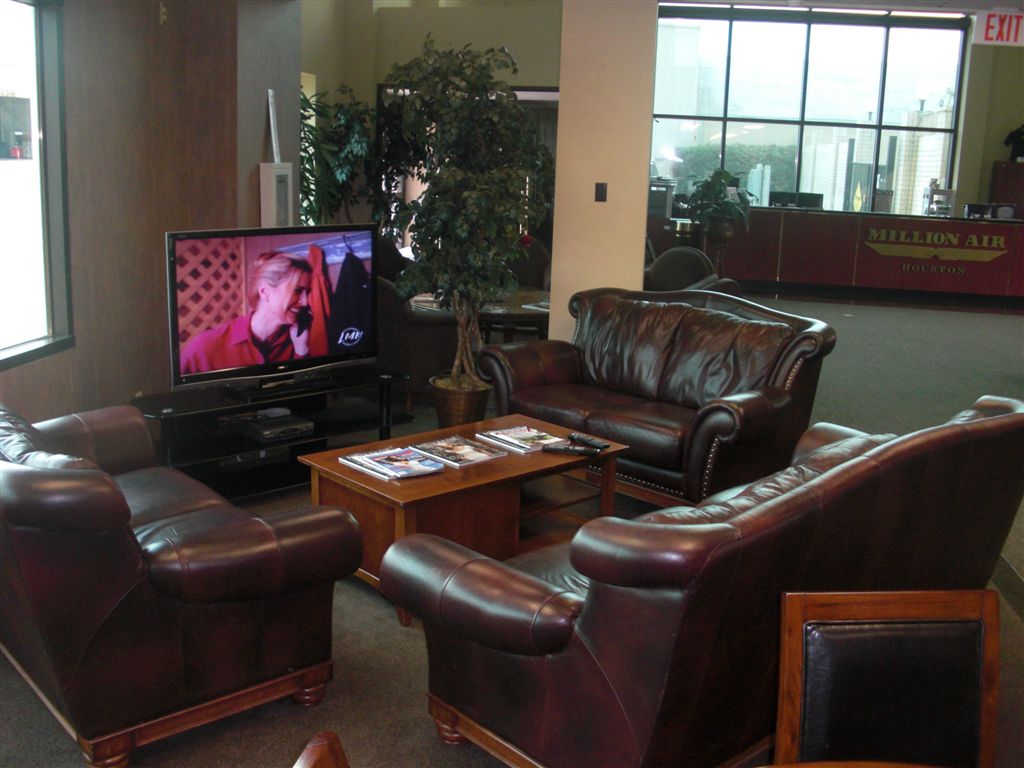
And if that isn’t good enough for you, a free, private cinema:
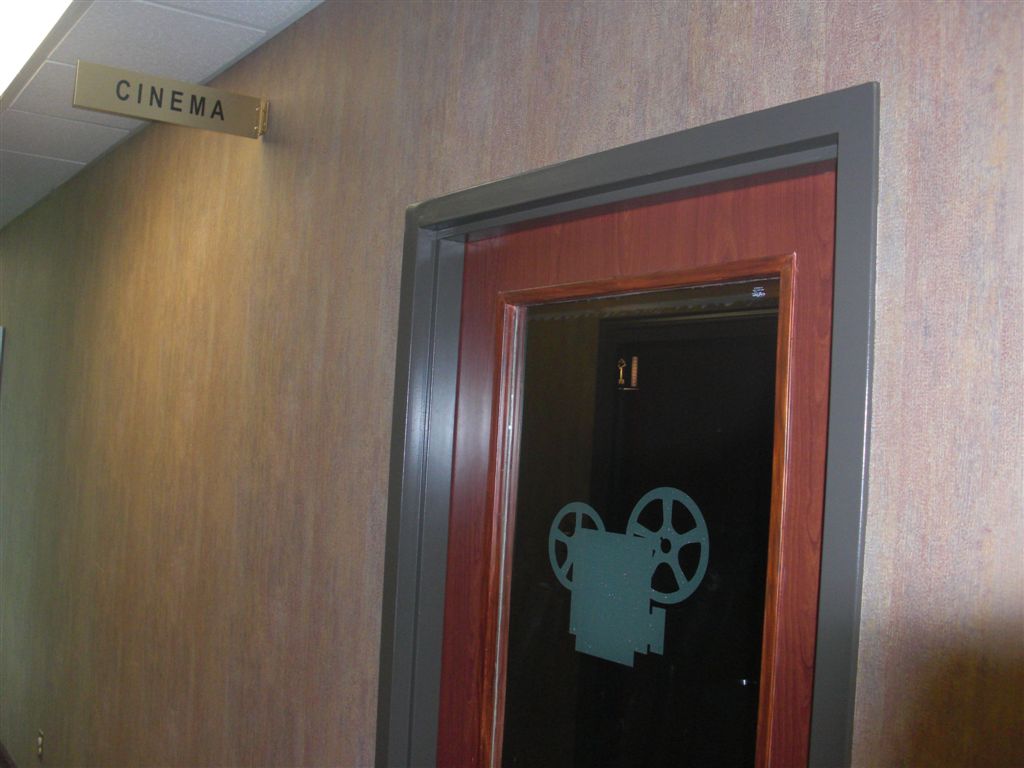
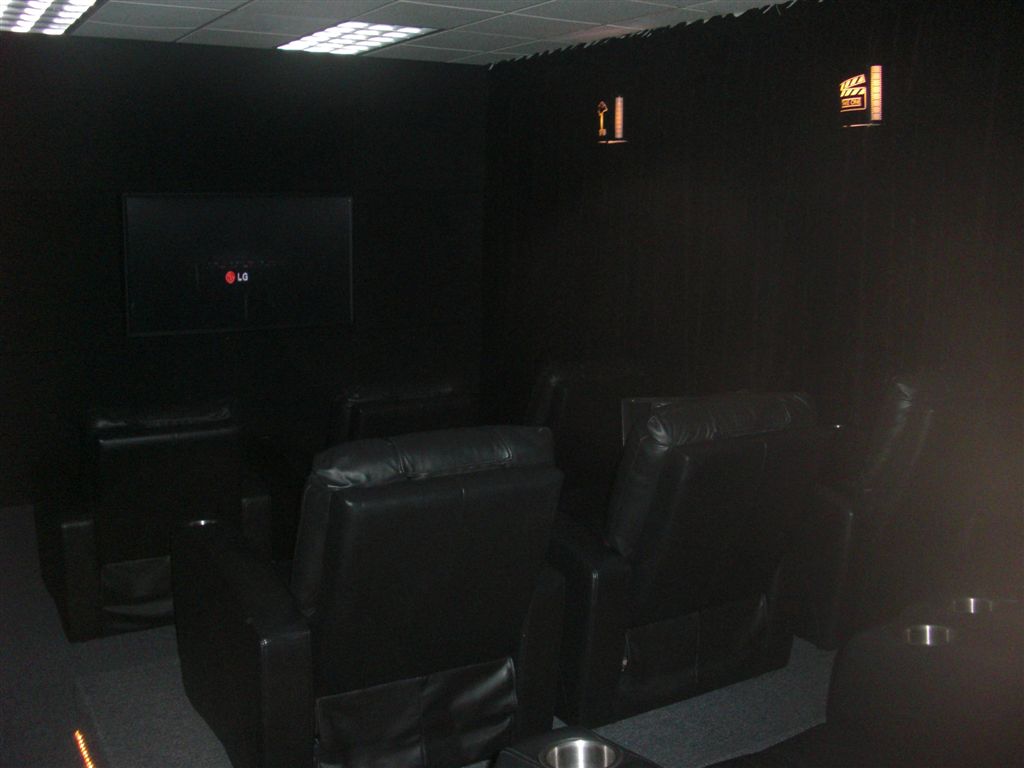
There were also free magazines about things like investments, yachts, and other expensive things:
This is where I got the ads and articles aimed at exeedingly rich people that I have been posting recently (see here, here and here).
When we decide to leave, we just waltz out to our plane, jump in and taxi to the runway. We would call ground control, say “we’re ready,” and they’d say “go ahead.” We never waited more than three or four minutes to get clearance to take off.
When we landed, we’d taxi over to the terminal, jump out of the plane and wander in. The interaction would go something like this:
THEM: Welcome Sir and Miss. Can we get your bags?
STEVE: Please.
[They go out and start unloading the plane.]
THEM: Can we arrange for a hotel?
STEVE: Why yes.
THEM: Will do. Would you prefer downtown or on the water?
STEVE: The water will be lovely.
THEM: One moment, please. [The hotel is called.] Your room is booked. Would you like us to arrange a rental car for you or would you like a ride to the hotel?
STEVE: We will take a rental car, please.
THEM: It will be just a few minutes. Please enjoy our complimentary beverages, delightful morsels, overstuffed chairs, and free wireless while you wait.
STEVE: We certainly will.
I am totally not kidding.
You could also call ahead and request a rental car. In this case, they would drive it right up to your plane, unload your bags for you, and you’d just scoot across the tarmac and be off!
One final tidbit:
Steve and I left the U.S. and entered five different countries over the course of our trip. We got through Canada and Greenland without being asked for our passports. Iceland would be both the first and the last place we were required to show I.D. Denmark and France welcomed us with wide arms and trust. We were the special people.
UPDATE: Several commenters pointed out that once Steve and I were through Iceland, the law grants us entry to Denmark and France without I.D. Thanks for the correction!

